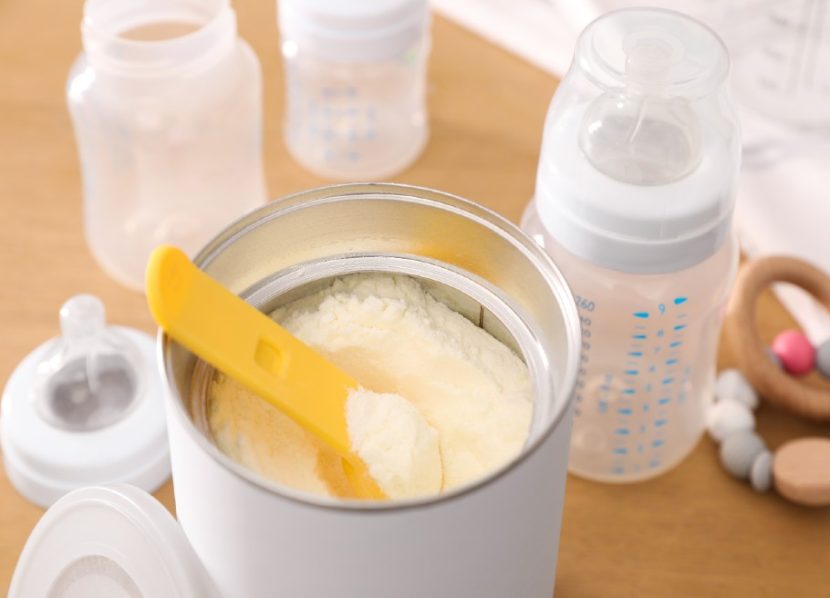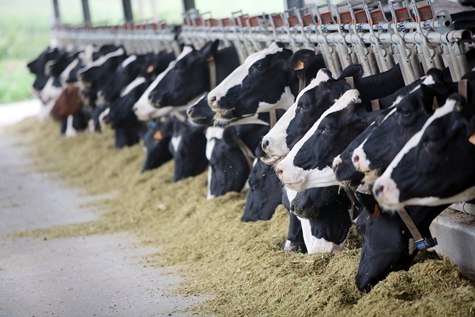TACCP AND VACCP: What’s the Difference?
TACCP and VACCP are relatively new programs based on the more familiar Hazard Analysis Critical Control Points (HACCP) program, but they address threats and vulnerabilities instead of hazards.
TACCP stands for Threat Assessment and Critical Control Points. This protocol focuses on tampering, intentional adulteration of food, and food defence.
TACCP generally requires a wider range of employee involvement than HACCP, as it covers issues such as manufacturing plant and transportation security, IT security, and employee background checks. Some points will overlap with HACCP, such as tamper-proof seals and various quality control checks.
VACCP stands for Vulnerability Assessment and Critical Control Points. It focuses on food fraud as well, and widens the scope to include systematic prevention of any potential adulteration of food, whether intentional or not, by identifying the vulnerable points in a supply chain. It is especially concerned with economically motivated adulteration (EMA). Examples include product substitutions, unapproved product enhancements, counterfeiting, stolen goods and others.
Similar to HACCP, both programs require a control plan that covers mitigation strategies and correction procedures. They may require audits of the entire supply chain, assessments of various suppliers and extensive quality control checks of ingredients.

Food fraud is big business and, like any other business, perpetrators generally have no wish to make their customers sick and thus call attention to their activities. Therefore, it is unlikely they would intentionally put the public health at risk. However, such risks can occur due to inexperienced or untrained food handlers, bad packaging causing food spoilage, unlabelled or mislabelled ingredients, etc.
In one incident, a company was paying a premium for a special chili powder that was distinguished by its rich red colour. They were offered a cheaper supply but testing revealed the presence of a carcinogenic food colouring that has been banned in most countries.
Food tampering, on the other hand, is often malicious, motivated by an urge to cause harm. Food terrorism is one scenario that has been raised as a possibility. Therefore, TACCP focuses on a defensive strategy and analysis of the socio-economic factors that might influence someone to commit such a crime.
While both programs have been adopted by the Global Food Safety Initiative (GFSI) in Europe, neither have been formally accepted by the US Food and Drug Administration (FDA). The Food Safety Modernization Act (FSMA) includes the Mitigation Strategies to Protect Food Against Intentional Adulteration Rule but this focuses only on public health concerns. Adulteration that does not present a risk to food safety is outside of the scope of the FSMA Rules.
Industry experts agree that if a processor meets their GFSI certification requirements, they will also meet the current requirements of the FSMA.

-
 FeaturedRisk management
The Cost of a Breach: What a Cyberattack Could Mean for Food Safety Recalls
FeaturedRisk management
The Cost of a Breach: What a Cyberattack Could Mean for Food Safety Recalls
-
 FeaturedRisk management
Securing the Food Chain: How ISO/IEC 27001 Strengthens Cybersecurity
FeaturedRisk management
Securing the Food Chain: How ISO/IEC 27001 Strengthens Cybersecurity
-
 FeaturedRisk management
Revolutionizing Food Safety Training: Breaking Out of the “Check-the-Box” Mentality
FeaturedRisk management
Revolutionizing Food Safety Training: Breaking Out of the “Check-the-Box” Mentality
-
 GFSI Standards
GFSI 2025: Building Trust, Tech-Forward Solutions, and Global Unity in Food Safety
GFSI Standards
GFSI 2025: Building Trust, Tech-Forward Solutions, and Global Unity in Food Safety
-
 FeaturedFood Safety
Integrated Pest Management: Strategies to Protect Your Brand’s Reputation
FeaturedFood Safety
Integrated Pest Management: Strategies to Protect Your Brand’s Reputation
-
 FeaturedFood Safety Culture & Training
No Open Door Policy: Challenges That Impact Pest Control in Food Processing Plants
FeaturedFood Safety Culture & Training
No Open Door Policy: Challenges That Impact Pest Control in Food Processing Plants




